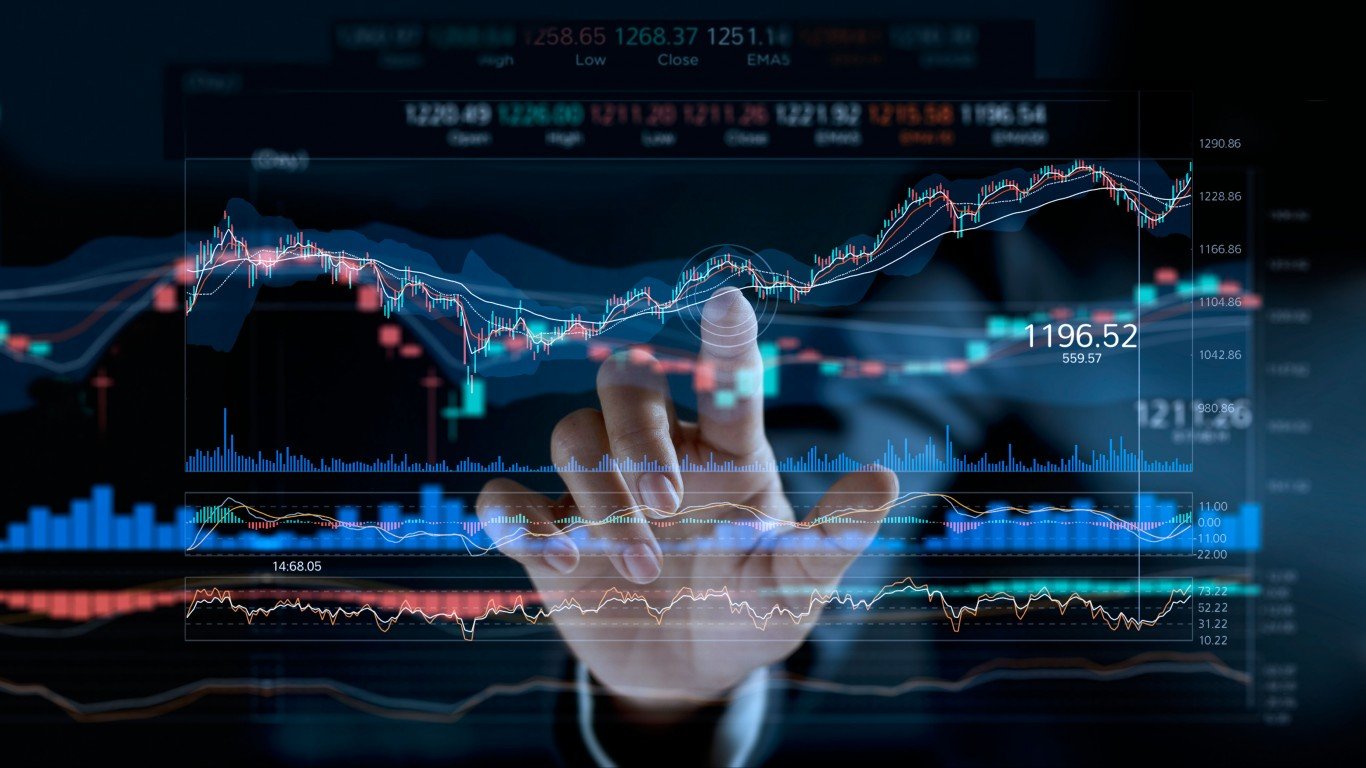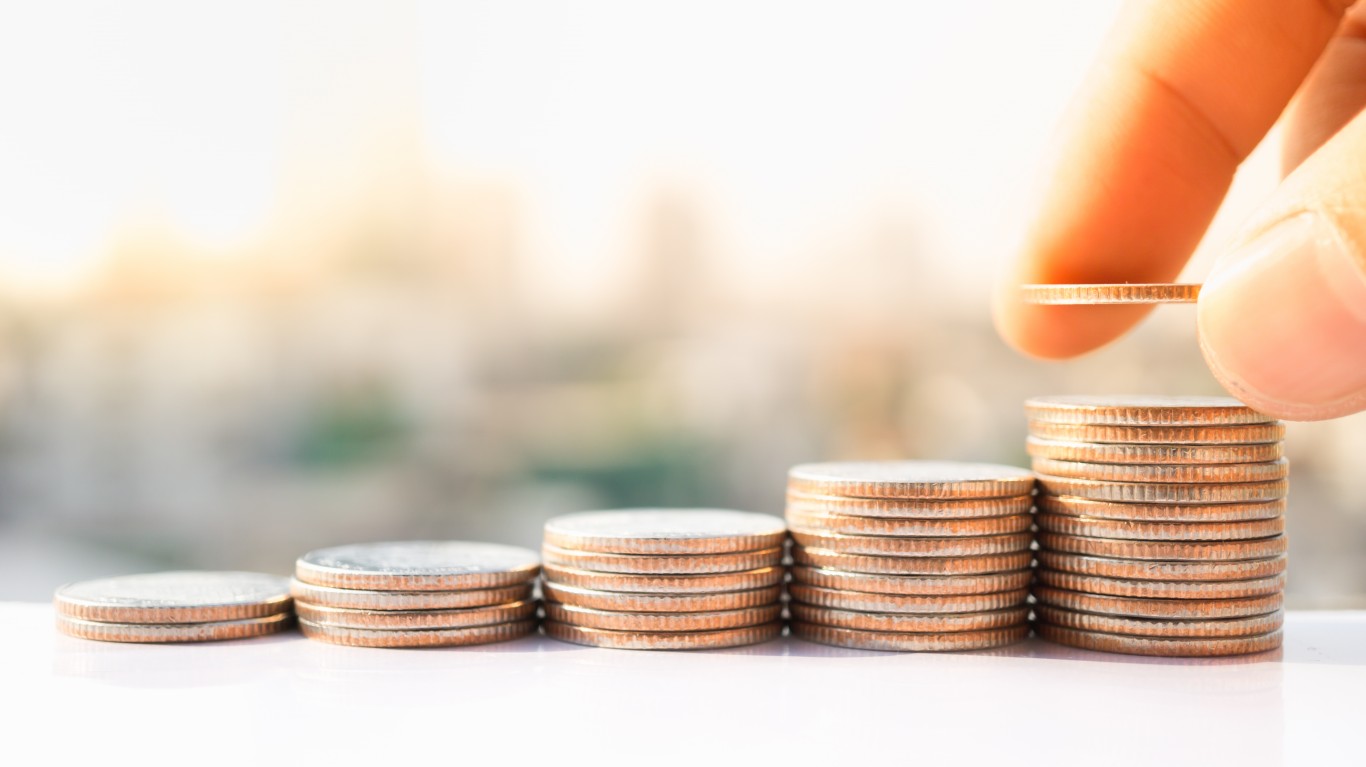

A key component of income investing is a portfolio that includes safe dividends, those that are unlikely to shrink or disappear. Recognizing when a dividend is stable and safe can be a challenge. Yet, certain metrics can offer clear signs for the investor looking to establish or shore up such a portfolio. What do these metrics tell us about the dividend at Coca-Cola (NYSE:KO)?
Coca-Cola’s most recent quarterly payout was $1.82 share, and the yield is now about 3.07% . The company typically pays its dividends on April 1, July 1, October 1 and December 15, which means the ex-dividend date is roughly 1 trading day before the dividend is paid.
Dividend Aristocrat?

One clear sign of whether a dividend is stable and safe is whether the company is a Dividend Aristocrat. Those are companies in the S&P 500 that have not only paid a dividend consistently for 25 years but have increased their payouts every year as well. Coca-Cola is not just a Dividend Aristocrat but also a Dividend King, one of those companies that have increased its payout for at least 50 straight years. In fact Coca-Cola is one of longest lasting dividend kinds in the market today.
Other Valuation Metrics

While being a Dividend King is a pretty clear sign, other financial metrics provide additional insight.
The dividend payout ratio indicates how much of a company’s earnings are paid out as a dividend. It is a sign of how safe a company’s dividend is and how much room it has for future growth. The higher the ratio, the greater the risk. Income investors often look for a dividend payout ratio of less than 60%. Coca-Cola’s payout ratio in the last quarterly earnings missed the mark with a payout ratio of 72%. However the first two quarters of 2023 was below 60% and investors have no need to worry about the payout ratio here.
A look at free cash flow reveals whether the company has the funds required for its payout, as well as for share repurchases or even paying down debt or making acquisitions. Coca-Cola’s free cash flow has been growing the past few years, around $9 to $10 billion up from the $6 to $7 billion range over the previous decade. Income investors prefer growing free cash flows and, looked at over the long term, that is the case at Coca-Cola.
Return on capital is a measure of how well a company allocates its capital to profitable projects which in turn grow the business. Again, the thing to look for is stability, specifically a double-digit return over many years. Coca-Cola’s current return on capital is about 12%. However, the figure has swung as low as 8% which is lower than the strong 20% plus margins the company generated at the beginning of the century. The current returns on capital are not a glaring issue, but still improvements can be made.
Operating margin is a measure of the percentage of revenue a company keeps as operating profit. Here too the preference is for a stable double-digit percentage increase. And here Coca-Cola delivers what income investors like to see, a healthy 29% margin showing the company is healthy and in good hands with current management.
A look at sales growth offers a clue to the volatility or cyclical nature of the business. Steady, moderate growth, say 3% to 7%, is ideal. While Coca-Cola’s revenue mostly grew from 2000 to 2012, increasing more than 140%, it has declined slightly since, now sitting at $45 billion. On a compounded average over the past 20 years, Coca-Cola is till in an ideal range, but investors would like to see sales momentum increase.
A company’s net debt-to-capital ratio also can signal whether a dividend may be at risk. Because too much debt can put dividends at risk in hard times, a lower ratio is considered better. A debt-to-capital ratio above 0.6 usually means that a business has significantly more debt than equity. Coca-Cola’s ratio was near .51 on last look, meaning the the long-term debt is more than manageable for the company to make payments without a cash crunch.
Probably the most popular valuation metric is the price-to-earnings (PE) ratio. This indicates whether a stock is expensive or cheap at its current market price, compared to the broader market or to competitors. Coca-Cola has a forward PE of about 21x. The PE has been stable for several years. The broader market is at a PE of 24, which means Coca-Cola is trading at a discount to the broader market.
And finally, the number of shares outstanding is worth a look. When companies buy back their shares, that number shrinks. But secondary offerings of stock increase that number. Investors tend to prefer a declining total, as that increases their stake over time. At Coca-Cola, the number of outstanding shares has sharply declined since 1984, dropping from 6.5 billion shares to 4.3 billion shares today. Coca-Cola started a share repurchasing program in 1984 that still continues today.
Summary

| Dividend Aristocrat | ✔ |
| Dividend payout ratio | ✔ |
| Free cash flow | ✔ |
| Return on invested capital | 🗙 |
| Operating margin | ✔ |
| Sales growth | 🗙 |
| PE ratio | ✔ |
| Shares outstanding | ✔ |
There is good reason Coca-Cola is one of the world’s best brands and management continues to be strong stewards for shareholders, as the company continues to pay and increase dividends for shareholders each and every year.
The stock still trades at a mature but favorable valuation and business continues to generate a windfall of free cash. Coca-Cola is a safe stock for dividend investors and with $15 billion in cash and top line revenue of $45 billion dollars, the company has plenty of resources to grow.
Essential Tips for Investing: Sponsored
A financial advisor can help you understand the advantages and disadvantages of investment properties. Finding a qualified financial advisor doesn’t have to be hard. SmartAsset’s free tool matches you with up to three financial advisors who serve your area, and you can interview your advisor matches at no cost to decide which one is right for you. If you’re ready to find an advisor who can help you achieve your financial goals, get started now.
Investing in real estate can diversify your portfolio. But expanding your horizons may add additional costs. If you’re an investor looking to minimize expenses, consider checking out online brokerages. They often offer low investment fees, helping you maximize your profit.
Thank you for reading! Have some feedback for us?
Contact the 24/7 Wall St. editorial team.



